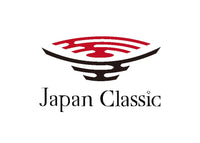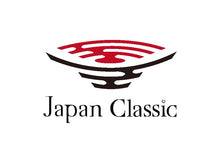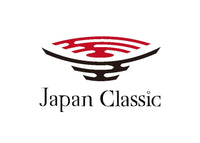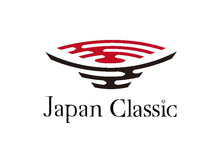【Japanese Pottery】Embracing Asymmetry: The Beauty of Imperfection in Japanese Ceramic Art
Table of Contents
- 1. Why Are Imperfect Forms Appealing?
- 2. The Beauty of Asymmetry in Heritage Works
- 3. Yin and Yang in Ceramic Aesthetics
1. Why Are Imperfect Forms Appealing?
When observing ceramic works, we often feel a sense of intimacy toward pieces that lack perfect balance.
For example, the warped forms found in Shino (志野) and Oribe (織部) wares, the spontaneous motifs in Karatsu‑yaki (唐津焼) iron‑painted designs, or the uneven ash deposits and kiln‑fired color variations (窯変, yohen) on Bizen (備前焼) surfaces.
It seems we find beauty in shapes that are not uniform and in subtle, unpredictable variations.
Imagine a vessel that is perfectly symmetrical, decorated with hyper‑realistic painting, and completely uniform in texture—while initially impressive, such perfection can feel distant and unapproachable.
In contrast, ceramics that display irregularity and diversity feel familiar and warm.
Their gentle, human‑touched forms lack the cold precision of machine‑made objects, evoking the organic beauty found in nature.
Connecting to Nature’s Irregular Beauty
 Consider gazing at the sky and admiring the natural forms and colors of clouds.
Consider gazing at the sky and admiring the natural forms and colors of clouds.Or standing by the sea, captivated by the uneven shoreline and the ever‑changing patterns of waves.
The asymmetrical peaks of mountains and the vibrant interplay of budding foliage inspire a deep sense of wonder.
Japanese aesthetics have long cherished these natural variations in shape and color.
By appreciating imbalance and imperfection, we draw parallels between ceramic art and the dynamic beauty of the natural world.
In Japanese pottery and porcelain, this celebration of imperfection and naturalness is a defining characteristic seen in many treasured works passed down through generations.
2. The Beauty of Asymmetry in Heritage Works
Many ceramic pieces that have been handed down for hundreds to over ten thousand years display asymmetrical (左右非対称) forms rather than perfect symmetry.
For example, Jōmon pottery (縄文土器) and Yayoi pottery (弥生土器) were shaped by hand, resulting in uneven, organic forms.
Even wheel‑thrown Sue ware (須恵器) features natural glaze drips (自然釉) and a wide variety of animal‑shaped decorations (鳥獣), breaking visual uniformity.
In Nara sancai (奈良三彩), balanced vessel shapes are contrasted by irregular green‑and‑yellow mottling created by lead glazes (鉛釉).
Medieval unglazed stoneware (焼き締め陶) presents unpredictable glaze landscapes, and Old Seto ware (古瀬戸) showcases amber (飴釉) and green glaze (緑釉) flows that never repeat.
Momoyama‑period pieces—Seto‑kuro (瀬戸黒), Oribe (織部), and Shino (志野)—emphasize dynamic, uneven forms, while even the restrained Kiseito (黄瀬戸) vessels are adorned with green copper sulfate (胆礬, tanpan) to disrupt symmetry.
The repaired cracks of heirloom ceramics—traced with gold (金継ぎ) or silver (銀継ぎ)—become asymmetrical decorations that add unique character and depth.
Asymmetry is called “asymmetry (アシンメトリー),” whereas perfect balance is called “symmetry (シンメトリー).” These terms are key for appreciating and creating Japanese ceramics.
3. Yin and Yang in Ceramic Aesthetics
Japanese aesthetics value contrast—yin and yang (陰と陽)—which appears in both form and function.
Height contrast: serving dishes are lower in front for easy access and higher in back for display.
Shape contrast: round manju (饅頭) pairs with angular dishes; rectangular yokan (羊羹) suits oval plates.
Visual contrast: a tea bowl’s vibrant front decoration contrasts with a sparse, subdued back.
These oppositions—straight vs. curved, high vs. low, ornate vs. simple—not only create visual interest but also enhance functionality (用の美).
By focusing on natural imperfection, asymmetry, and yin‑yang contrasts, familiar ceramic works reveal new layers of beauty and meaning.
Brighten Up Your Table.
We deliver vibrant, high-quality pieces directly from Japan to add color and elegance to your dining experience.






Leave a comment